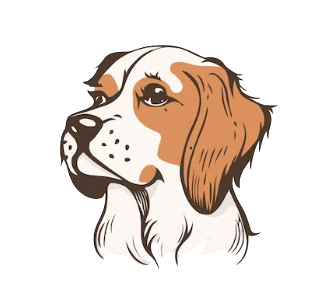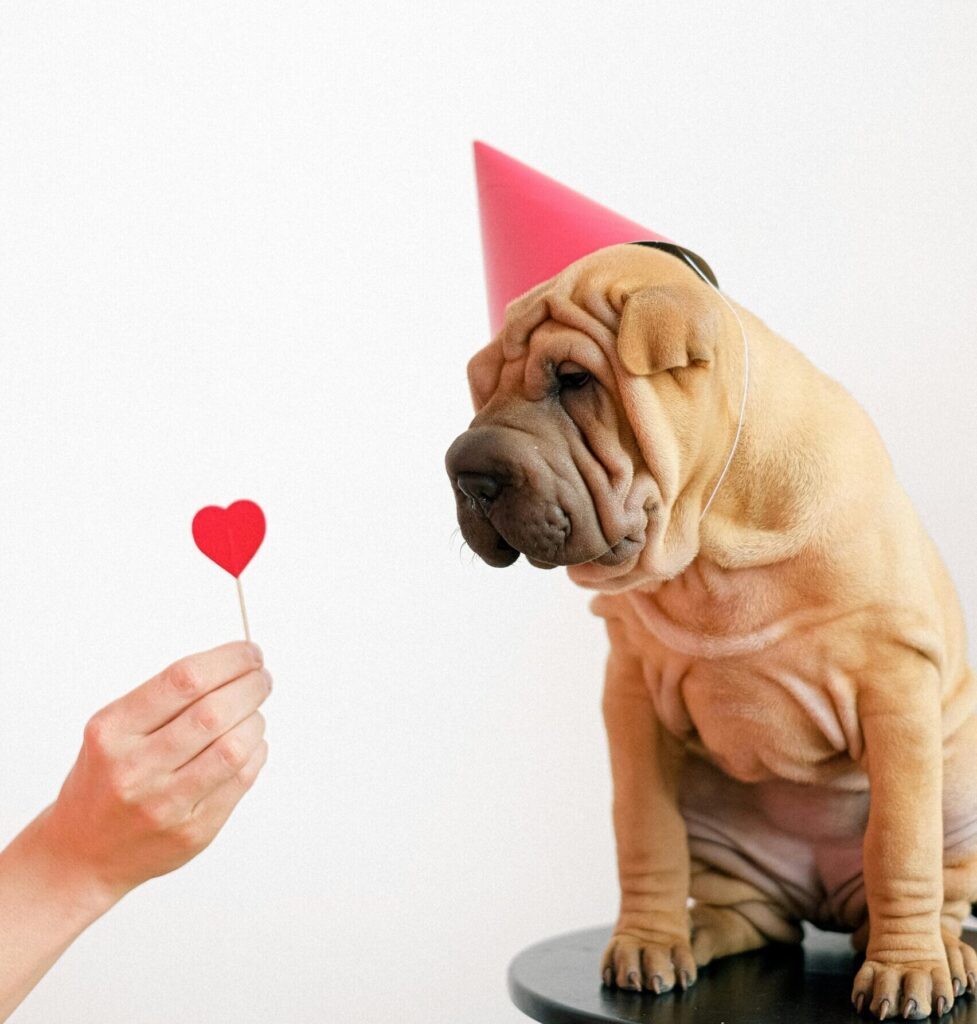Summery :
- Are exercise and physical activity good for puppies?
- What are the risks of too much physical activity?
- What are the risks of a lack of physical activity?
- How much exercise can puppies do?
- When is a dog mature and able to exercise freely?
- What activity is good for puppies?
- How to understand if the puppy is exercising too much?
- How to exercise and move safely?
1- Are exercise and physical activity good for puppies?
Regular exercise and physical activity are good for puppies , because they provide a pastime to combat boredom and help make them stronger , healthier and more self-confident as adults .
However, moderation is required : in growing puppies, excessive and prolonged physical exercise can have serious repercussions on the bones and joints still forming.
[blockquote align=”none” author=”Steve Jobs”]Your time is limited, so don’t waste it living someone else’s life. Don’t be trapped by dogma – which is living with the results of other people’s thinking[/blockquote]
2- What are the risks of too much physical activity?
In puppies, too much movement and intense physical activity can cause damage to developing bones and joints , favoring the onset at a later age of orthopedic conditions such as osteoarthritis , canine hip dysplasia and canine elbow dysplasia .
During skeletal growth, the dog’s bones are not yet fully formed; this means that they are not yet ready to withstand the impact of repeated jumping and running, especially on hard surfaces such as asphalt
3- What are the risks of a lack of physical activity?
Lack of physical activity affects the puppy’s fitness and physical condition ; if combined with overfeeding, it can promote obesity in youth, a condition that predisposes to orthopedic pathologies in adulthood; finally, it can be a cause of boredom and frustration, which can transform into behavioral problems ( coprophagia , pica , etc.).
READ TO UNDERSTAN YOUR DOG
4- How much exercise can puppies do?
In light of this, puppies can do physical activity and movement, but without overdoing it. The right compromise is needed.
To understand how much physical activity is appropriate for a puppy, there are four main factors to consider: age, size, breed and lifestyle.
- Age : The closer the puppy is to skeletal maturity, the more physical activity it can do. If the puppy shows signs of tiredness , it is best to indulge him and let him rest, without insisting with movement.
- Size : Knowing how much your puppy still has to grow allows you to estimate, in broad terms, how much caution you need to be with physical activity. Typically, small and medium-sized dogs stop growing by or around one year of age; large or giant-sized dogs (e.g. Labradors , Great Danes, etc.), on the other hand, can grow up to 18-24 months.
- Breed : there are breeds that are much more at risk than others for orthopedic pathologies, such as canine hip dysplasia or canine elbow dysplasia , the appearance of which does not only depend on a genetic and morphological predisposition, but also on environmental factors such as excessive physical activity in the months preceding skeletal maturity.
- Lifestyle : The puppy’s diet must be healthy and balanced, to ensure adequate growth. It is important not only to avoid a lack of food (which would compromise growth), but also excess: overfeeding, in fact, can lead to obesity, a risk factor for orthopedic problems in adulthood.
In a context of nutritional errors, excessive physical activity can further compromise the quality of the puppy’s growth.
Some may have heard of the so-called rule of 5 , which involves increasing the amount of physical activity by 5 minutes for each month the puppy is older; this rule, however, has no confirmation in scientific literature and, according to experts, in some cases it could even be harmful to the animal.
5- When is a dog mature and able to exercise freely?
A dog is free to practice activities and movement, without incurring problems from excess, when it has reached skeletal maturity .
The long bones of puppies have areas of cartilage that are particularly active, known as growth plates , which produce the bone tissue needed for the development and lengthening of the bones. In reality, what is produced by the growth plates is still developing bone tissue; as the puppy grows, it hardens, becoming real bone.
Skeletal maturity in a dog occurs when the growth plates “switch off” and actual bone tissue has completely replaced the developing bone.derstand the real extent of the problem and then, if necessary, investigate further.
6- What activity is good for puppies?
Activities that can benefit your puppy include playing , going for walks , a little running , training in basic commands , and using puzzle dog feeders and other similar toys.
If administered properly and correctly, all of these can improve your puppy’s fitness , strength , confidence and social skills .
Game
Playing with your puppy in the house or in the garden is a great way to keep him physically and mentally active.
Like small children, puppies also need a lot of sleep , which is why you need to accommodate this need.
Walks
Walks are great exercise for puppies . They also provide a time for exploring the world and experiencing new sights, sounds, and smells.
The approach to walking must be gradual . At first, short distances are enough; later, however, you can also lengthen the route a little.
It is important to respect the puppy’s needs: if he is tired and wants to stop and rest, it is better to indulge him.
When taking your dog for a walk, you should always remember to conserve your pet’s energy for the return trip.
Race
Running around the house or in the garden is fine and is a great way to keep your puppy entertained and entertained.
Running in large open spaces, especially on the road, where the surface is very hard, is contraindicated: the puppy should not go jogging , as its joints and bones during growth are fragile and should not be subjected to strong stress.
Also harmful to bones and joints are all those activities that involve repeated jumping, leaping and twisting.
For sustained running activity over long distances, you have to wait until the animal reaches adulthood.
Basic Command Training
Teaching your puppy basic commands, such as “sit”, “come”, “leave it”, etc., is a great way to stimulate the animal’s mental sphere .
The effort required can be similar to that of a walk, which is why experts recommend subjecting your dog to short but fun training sessions.
If you don’t know where to start to train your dog to basic commands, you can consult a behaviorist or do some online research on dedicated sites.
Puzzle dog feeders
Puzzle dog feeders are toy bowls that encourage and train the dog to search for food by moving the lid. The use of these tools involves an important cognitive stimulation , comparable to that of a physical activity .
Puzzle feeders also allow you to keep your pet busy , preventing them from getting bored and, due to boredom, getting into trouble.
7- How to understand if the puppy is exercising too much?
It is difficult to understand if the puppy is doing too much physical activity, since the signs of this appear only at a later age . Here, then, an aware owner must act with common sense, moderating the excitability of the young animal and subjecting it to different activities, less physical and “more mental” (puzzle feeders, training in basic commands, etc.).
The puppy needs to sleep more than an adult dog, even if he often doesn’t show it. It is therefore important, after a play session, to suspend any activity that requires a certain physical effort and encourage him to rest; often, putting him on a leash can help to keep him under control when he needs to catch his breath.
8- How to exercise and move safely?
For safe physical activity , some precautions are important, including:
Avoid long walks and jogging. Running is fine only if done in controlled spaces, such as at home or in the garden.
Give your puppy all the necessary vaccinations before taking him out for a walk .
Limit high-impact physical activities that involve jumping, twisting, and sliding.
Keep training sessions short and let your puppy rest occasionally.
Use the leash to keep him under control when, despite being tired, he shows no signs of resting.
Cover any slippery floors in your home to best protect your joints.




